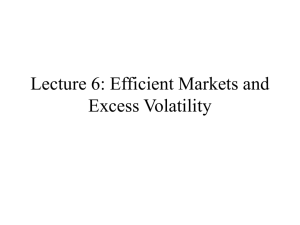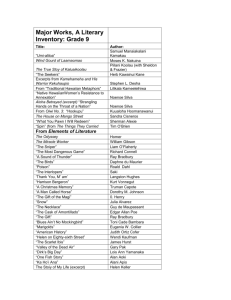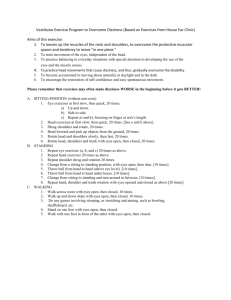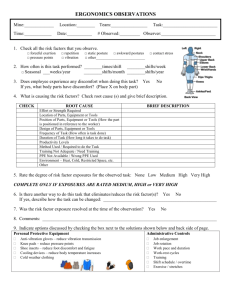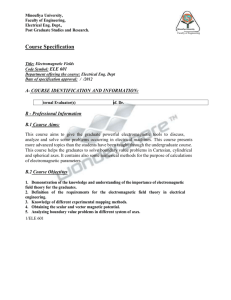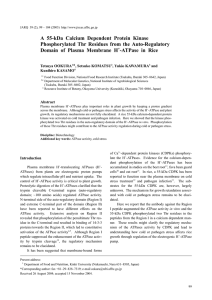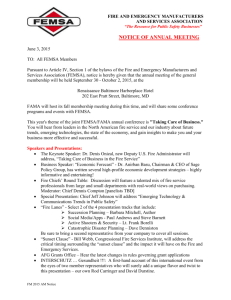Multiple-Choice Quiz (with answer key)
advertisement
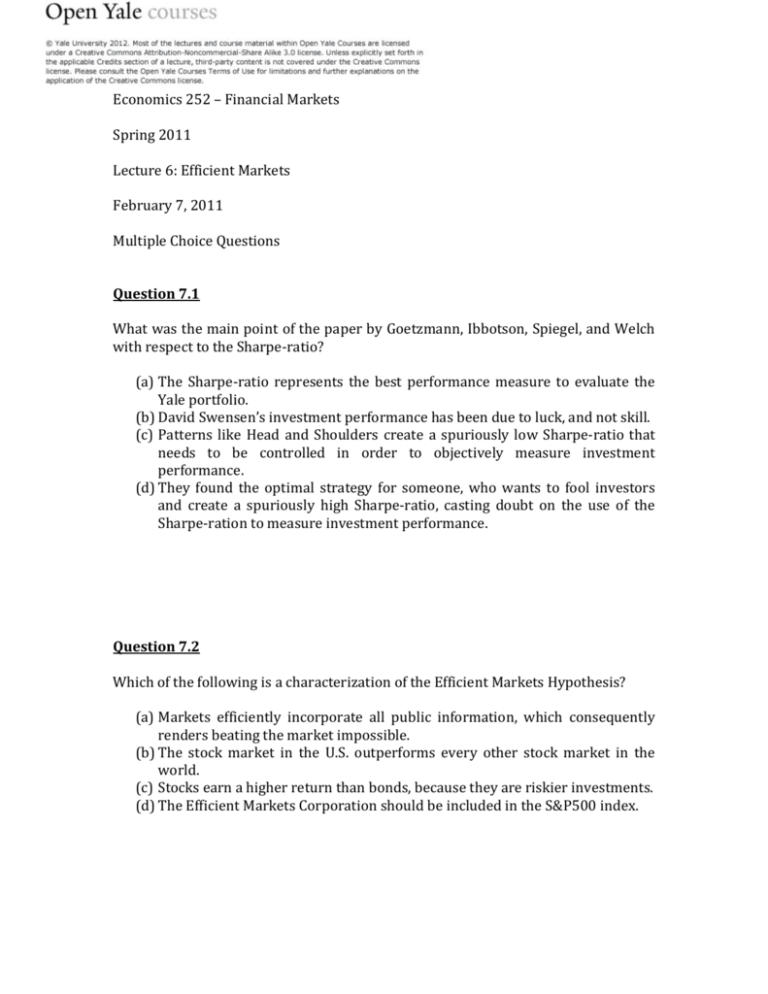
Economics 252 – Financial Markets Spring 2011 Lecture 6: Efficient Markets February 7, 2011 Multiple Choice Questions Question 7.1 What was the main point of the paper by Goetzmann, Ibbotson, Spiegel, and Welch with respect to the Sharpe-ratio? (a) The Sharpe-ratio represents the best performance measure to evaluate the Yale portfolio. (b) David Swensen’s investment performance has been due to luck, and not skill. (c) Patterns like Head and Shoulders create a spuriously low Sharpe-ratio that needs to be controlled in order to objectively measure investment performance. (d) They found the optimal strategy for someone, who wants to fool investors and create a spuriously high Sharpe-ratio, casting doubt on the use of the Sharpe-ration to measure investment performance. Question 7.2 Which of the following is a characterization of the Efficient Markets Hypothesis? (a) Markets efficiently incorporate all public information, which consequently renders beating the market impossible. (b) The stock market in the U.S. outperforms every other stock market in the world. (c) Stocks earn a higher return than bonds, because they are riskier investments. (d) The Efficient Markets Corporation should be included in the S&P500 index. Question 7.3 Which person has not participated in the intellectual development of the Efficient Markets Hypothesis? (a) Eugene Fama. (b) Nassim Taleb. (c) Charles Conant. (d) George Gibson. Question 7.4 What is the Head and Shoulders pattern? (a) A frequent pattern in the academic publication process. (b) A synonym for a Random Walk process. (c) A pattern from the technical analysis of stock prices predicting a sharp price downturn, which does however not prove to be a powerful, short-run opportunity. (d) It is the pattern that is the core of the most profitable stock market investment strategy, which has consistently outperformed every other investment strategy during the past 50 years. Question 7.5 If there are profit opportunities in the stock market, but they take a long time to realize, which stochastic process most closely reflects this behavior? (a) A Random Walk. (b) An AR-1 process, as defined in class, with ρ close to 0. (c) An AR-1 process, as defined in class, with ρ equal to 0.5. (d) An AR-1 process, as defined in class, with ρ close to 1. Correct Answers 7.1: (d) 7.2: (a) 7.3: (b) 7.4: (c) 7.5: (d)
